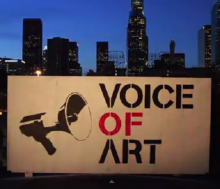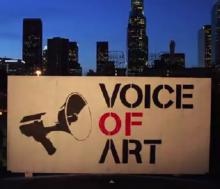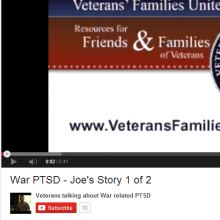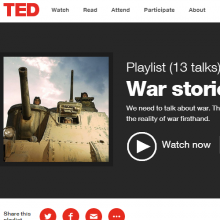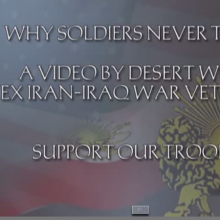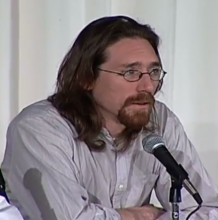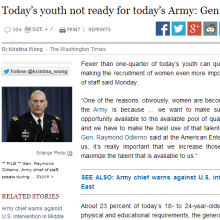Resources
On the Web
The following are links to online resources that provide context, further detail, and alternative perspectives to the Veteran Empathy Project’s content: from other oral history projects to discussions of post-traumatic syndrome and war.

